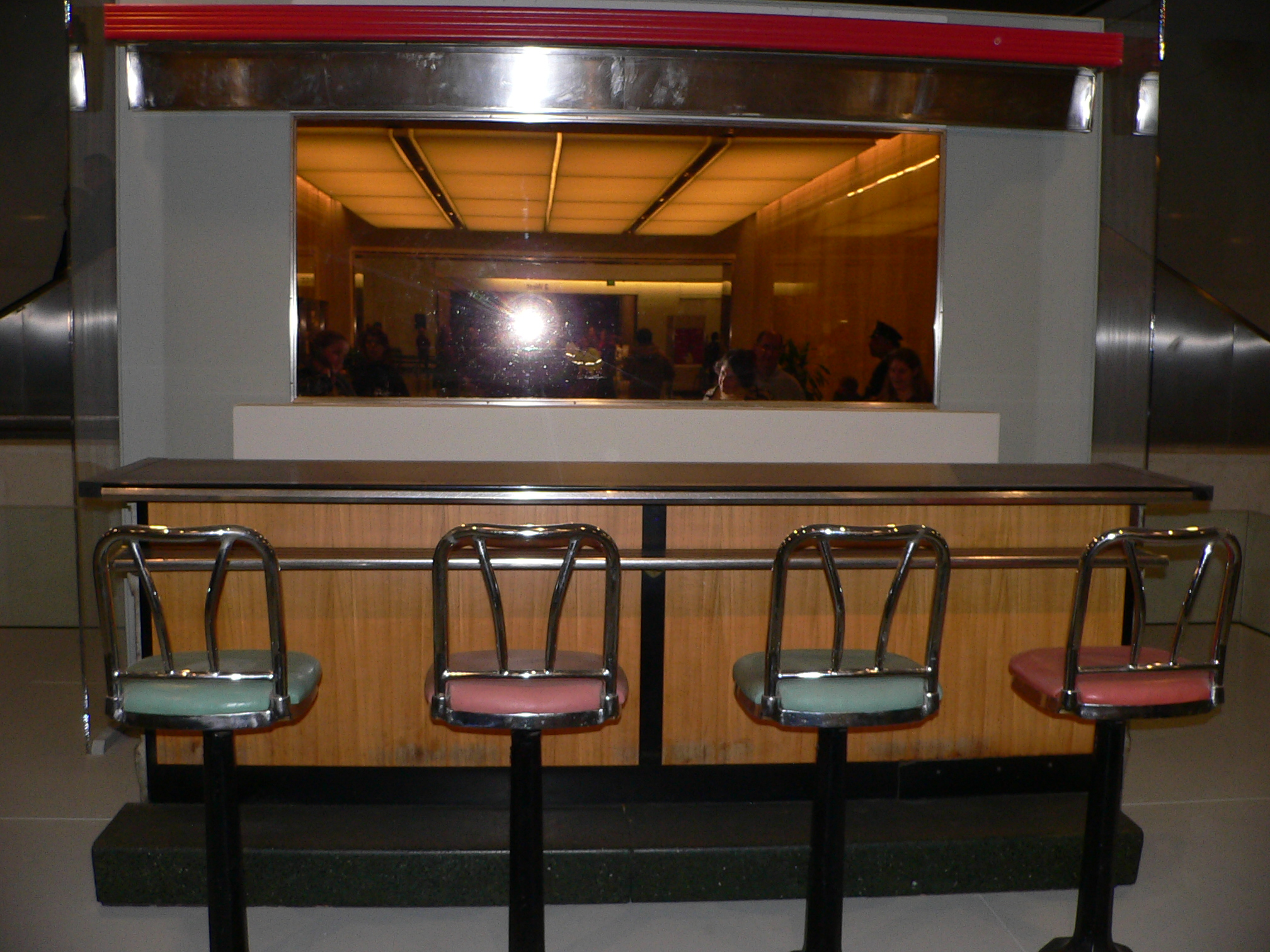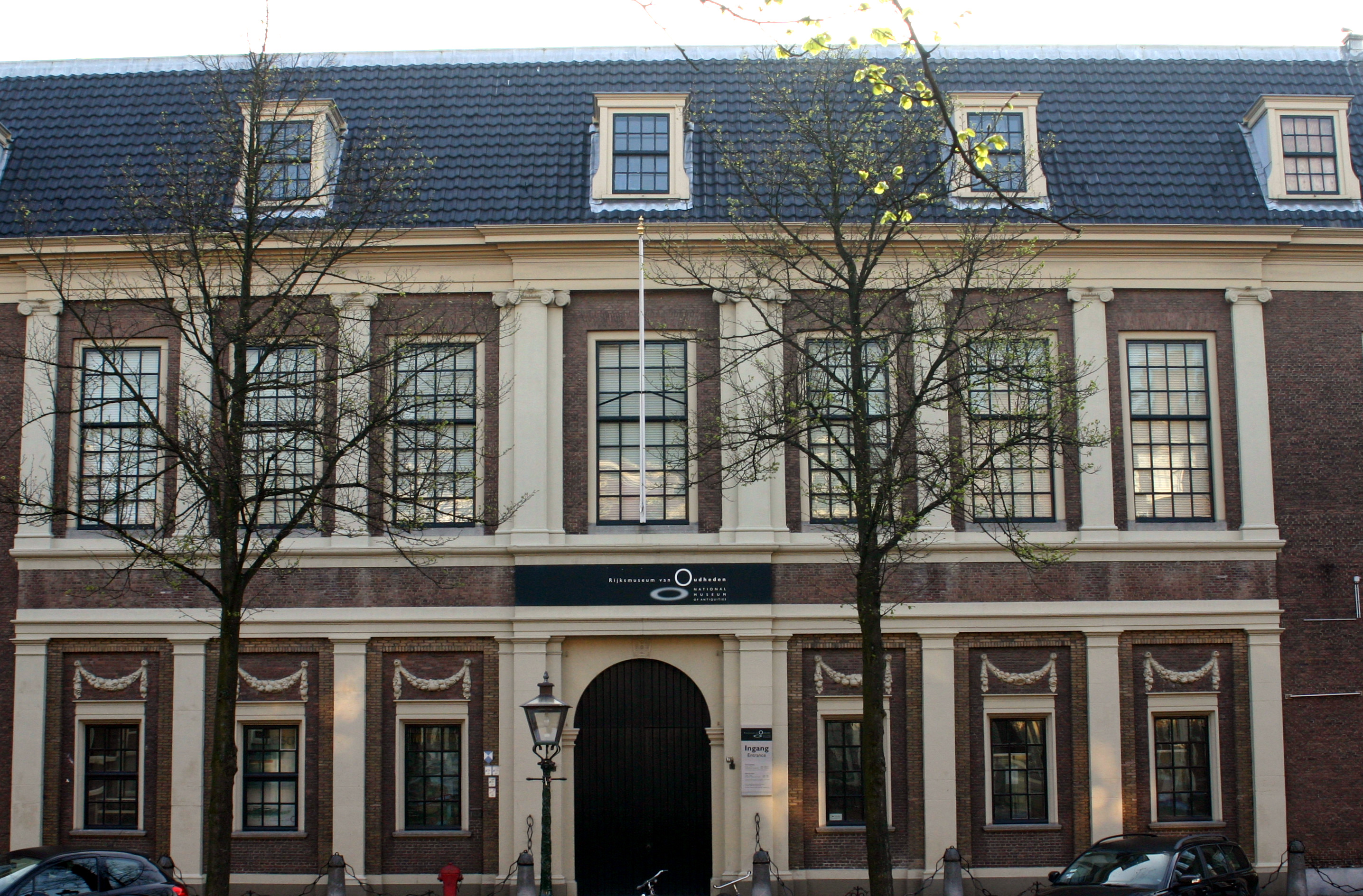|
František Lexa (1876-1960)
František Lexa (5 April 1876 – 13 February 1960) was a Czech Egyptologist. Biography Lexa was born on 5 April 1876 in Pardubice. He began his career as a secondary school teacher. Having learnt the Egyptian language by himself, he became the first person to translate and publish Egyptian texts into Czech in 1905. Lexa spent the rest of his career at Charles University in Prague, first as a private senior lecturer of Egyptology in 1919, then an associate professor in 1922, then Czechoslovakia's first Professor for Egyptology in 1927, and finally the first director of the Czechoslovak Institute of Egyptology in 1958. Lexa's students included Jaroslav Černý and Zbyněk Žába Zbyněk Žába (June 19, 1917 – August 15, 1971) was a Czechoslovak Egyptologist. Life In 1945 Zbyněk Žába commenced his studies on the subject and in 1949 he became an assistant to František Lexa. In 1954 Žába was named an assoc .... He died on 13 February 1960 in Prague. Works * Papyr ... [...More Info...] [...Related Items...] OR: [Wikipedia] [Google] [Baidu] |
Zbyněk Žába
Zbyněk Žába (June 19, 1917 – August 15, 1971) was a Czechoslovak Egyptologist. Life In 1945 Zbyněk Žába commenced his studies on the subject and in 1949 he became an assistant to František Lexa. In 1954 Žába was named an associate professor of Egyptology, and in 1960 he was chosen to be the director of the Czechoslovak Institute of Egyptology, an institution founded in 1958 and originally led by Lexa. Works * * * See also * List of Egyptologists This is a partial list of Egyptologists. An Egyptologist is any archaeologist, historian, linguistics, linguist, or art historian who specializes in Egyptology, the scientific study of Ancient Egypt and its antiquities. Demotists are Egyptologists ... References {{DEFAULTSORT:Zaba, Zbynek 1917 births 1971 deaths Czechoslovak people Czechoslovak Egyptologists ... [...More Info...] [...Related Items...] OR: [Wikipedia] [Google] [Baidu] |
Burials At Olšany Cemetery
Burial, also known as interment or inhumation, is a method of final disposition whereby a dead body is placed into the ground, sometimes with objects. This is usually accomplished by excavating a pit or trench, placing the deceased and objects in it, and covering it over. A funeral is a ceremony that accompanies the final disposition. Evidence suggests that some archaic and early modern humans buried their dead. Burial is often seen as indicating respect for the dead. It has been used to prevent the odor of decay, to give family members closure and prevent them from witnessing the decomposition of their loved ones, and in many cultures it has been seen as a necessary step for the deceased to enter the afterlife or to give back to the cycle of life. Methods of burial may be heavily ritualized and can include natural burial (sometimes called "green burial"); embalming or mummification; and the use of containers for the dead, such as shrouds, coffins, grave liners, and burial ... [...More Info...] [...Related Items...] OR: [Wikipedia] [Google] [Baidu] |
Czechoslovak Egyptologists
Czechoslovak may refer to: *A demonym or adjective pertaining to Czechoslovakia (1918–93) **First Czechoslovak Republic (1918–38) **Second Czechoslovak Republic (1938–39) **Third Czechoslovak Republic (1948–60) **Fourth Czechoslovak Republic (1960–89) **Fifth Czechoslovak Republic (1989–93) *''Czechoslovak'', also ''Czecho-Slovak'', any grouping of the Czech and Slovak ethnicities: **As a national identity, see Czechoslovakism **The title of Symphony no. 8 in G Major op. 88 by Antonín Dvořák in 1889/90 *The Czech–Slovak languages, a West Slavic dialect continuum **The Czechoslovak language, a theoretical standardized form defined as the state language of Czechoslovakia in its Constitution of 1920 **Comparison of Czech and Slovak See also * Slovak Republic (other) * Czech Republic (other) * Czechia (other) * Slovak (other) * Czech (other) Czech may refer to: * Anything from or related to the Czech Republic, a country ... [...More Info...] [...Related Items...] OR: [Wikipedia] [Google] [Baidu] |
People From Pardubice
The term "the people" refers to the public or common mass of people of a polity. As such it is a concept of human rights law, international law as well as constitutional law, particularly used for claims of popular sovereignty. In contrast, a people is any plurality of persons considered as a whole. Used in politics and law, the term "a people" refers to the collective or community of an ethnic group or nation. Concepts Legal Chapter One, Article One of the Charter of the United Nations states that "peoples" have the right to self-determination. Though the mere status as peoples and the right to self-determination, as for example in the case of Indigenous peoples (''peoples'', as in all groups of indigenous people, not merely all indigenous persons as in ''indigenous people''), does not automatically provide for independent sovereignty and therefore secession. Indeed, judge Ivor Jennings identified the inherent problems in the right of "peoples" to self-determination, as ... [...More Info...] [...Related Items...] OR: [Wikipedia] [Google] [Baidu] |
1960 Deaths
It is also known as the "Year of Africa" because of major events—particularly the independence of seventeen African nations—that focused global attention on the continent and intensified feelings of Pan-Africanism. Events January * January 1 – Cameroon becomes independent from France. * January 9–January 11, 11 – Aswan Dam construction begins in Egypt. * January 10 – Prime Minister of the United Kingdom, British Prime Minister Harold Macmillan makes the Wind of Change (speech), "Wind of Change" speech for the first time, to little publicity, in Accra, Gold Coast (British colony), Gold Coast (modern-day Ghana). * January 19 – A revised version of the Treaty of Mutual Cooperation and Security between the United States and Japan ("U.S.-Japan Security Treaty" or "''Anpo (jōyaku)''"), which allows U.S. troops to be based on Japanese soil, is signed in Washington, D.C. by Prime Minister Nobusuke Kishi and President Dwight D. Eisenhower. The new treaty is opposed by t ... [...More Info...] [...Related Items...] OR: [Wikipedia] [Google] [Baidu] |
1876 Births
Events January * January 1 ** The Reichsbank opens in Berlin. ** The Bass Brewery Red Triangle becomes the world's first registered trademark symbol. *January 27 – The Northampton Bank robbery occurs in Massachusetts. February * February 2 ** The National League of Professional Base Ball Clubs is formed at a meeting in Chicago; it replaces the National Association of Professional Base Ball Players. Morgan Bulkeley of the Hartford Dark Blues is selected as the league's first president. ** Third Carlist War (Spain): Battle of Montejurra – The new commander General Fernando Primo de Rivera marches on the remaining Carlist stronghold at Estella, where he meets a force of about 1,600 men under General Carlos Calderón, at nearby Montejurra. After a courageous and costly defence, Calderón is forced to withdraw. * February 14 – Alexander Graham Bell applies for a U.S. patent for the telephone, as does Elisha Gray. * February 19 – Third Carlist War ... [...More Info...] [...Related Items...] OR: [Wikipedia] [Google] [Baidu] |
Insinger Papyrus
Insinger Papyrus (''Papyrus Insinger'') is a papyrus find from ancient Egypt and contains one of the oldest extant writings about Egyptian wisdom teachings (Sebayt). The manuscript is dated to around the 1st century BC according to the Rijksmuseum van Oudheden in Leiden where the main part is kept. Other sources suggest it dates to the 1st century AD, and to the 3rd century BC. Fragments have also been found in other collections. Contents The Insinger Papyrus is a fragmented papyrus scroll with the beginning and end of the scroll missing, the size is about 612 × 27.5 cm (241 × 10,5 inches). The text is written on the rectoside. The text is an example of the ancient Egyptian literature genre wisdom teachings (Sebayt) and shows that Egyptian traditions persisted even under foreign rule and how they were adapted to the requirements of new times. The manuscript is a collection of writings and includes 25 surviving chapters. The scripture is broken down into different themes with ... [...More Info...] [...Related Items...] OR: [Wikipedia] [Google] [Baidu] |
Jaroslav Černý (Egyptologist)
Jaroslav Černý, FBA (; 22 August 1898 – 29 May 1970) was a Czech Egyptologist. From 1929 to 1946 he was a lecturer and ''docent'' at Charles University in Prague, from 1946 to 1951, the Edwards Professor of Egyptology at the University College, London. From 1951 to 1965, he was Professor of Egyptology at University of Oxford. Early life Jaroslav Černý was born on 22 August 1898 in Plzeň in Austria-Hungary (currently the Czech Republic). His family lived in Plzeň until 1913, then moved to Slaný. Černý continued his studies at a ''gymnasium'' in Plzeň until 1917. He studied from 1917 till 1922 at Charles University, where he received his doctorate in 1922, and his post-doctoral ''Habilitation'' in 1929. Career He took part in Bernard Bruyère's excavations at Deir el-Medina from 1925 to 1970 and the village became the focus of a lifelong study. One volume, of a planned three on the village, was published before his death with other parts published posthumously."Life ... [...More Info...] [...Related Items...] OR: [Wikipedia] [Google] [Baidu] |
Czechs
The Czechs (, ; singular Czech, masculine: ''Čech'' , singular feminine: ''Češka'' ), or the Czech people (), are a West Slavs, West Slavic ethnic group and a nation native to the Czech Republic in Central Europe, who share a common Bohemia, ancestry, Czech culture, culture, History of the Czech lands, history, and the Czech language. Ethnic Czechs were called Bohemians in English language, English until the early 20th century, referring to the former name of their country, Bohemia, which in turn was adapted from the late Iron Age tribe of Celtic Boii. During the Migration Period, West Slavic Bohemians (tribe), tribes settled in the area, "assimilated the remaining Celtic and Germanic populations", and formed a principality in the 9th century, which was initially part of Great Moravia, in form of Duchy of Bohemia and later Kingdom of Bohemia, the predecessors of the modern republic. The Czech diaspora is found in notable numbers in the Czech American, United States, Germany ... [...More Info...] [...Related Items...] OR: [Wikipedia] [Google] [Baidu] |
Prague
Prague ( ; ) is the capital and List of cities and towns in the Czech Republic, largest city of the Czech Republic and the historical capital of Bohemia. Prague, located on the Vltava River, has a population of about 1.4 million, while its Prague metropolitan area, metropolitan area is home to approximately 2.3 million people. Prague is a historical city with Romanesque architecture, Romanesque, Czech Gothic architecture, Gothic, Czech Renaissance architecture, Renaissance and Czech Baroque architecture, Baroque architecture. It was the capital of the Kingdom of Bohemia and residence of several Holy Roman Emperors, most notably Charles IV, Holy Roman Emperor, Charles IV (r. 1346–1378) and Rudolf II, Holy Roman Emperor, Rudolf II (r. 1575–1611). It was an important city to the Habsburg monarchy and Austria-Hungary. The city played major roles in the Bohemian Reformation, Bohemian and the Protestant Reformations, the Thirty Years' War and in 20th-century history a ... [...More Info...] [...Related Items...] OR: [Wikipedia] [Google] [Baidu] |
Charles University
Charles University (CUNI; , UK; ; ), or historically as the University of Prague (), is the largest university in the Czech Republic. It is one of the List of oldest universities in continuous operation, oldest universities in the world in continuous operation, the oldest university north of the Alps and east of University of Paris, Paris. Today, the university consists of 17 faculties located in Prague, Hradec Králové, and Plzeň. History Medieval university (1349–1419) The establishment of a medieval university in Prague was inspired by Holy Roman Emperor Charles IV, Holy Roman Emperor, Charles IV. He requested his friend and ally, Pope Clement VI, to create the university. On 26 January 1347, the pope issued the bull establishing a university in Prague, modeled on the University of Paris, with all four faculty (division), faculties, including theology. On 7 April 1348 Charles, the king of Bohemia, gave to the established university privileges and immunities from the se ... [...More Info...] [...Related Items...] OR: [Wikipedia] [Google] [Baidu] |




